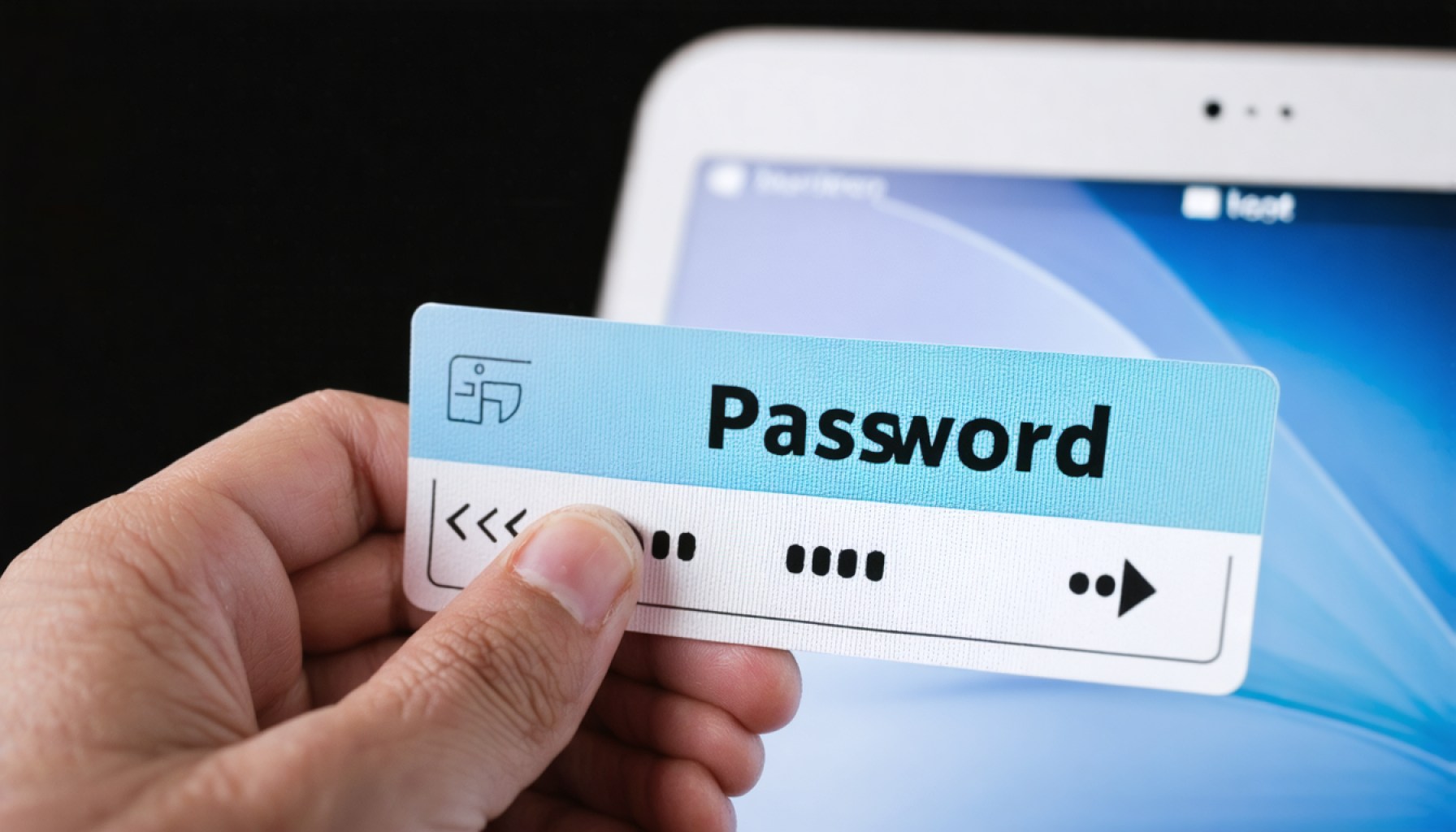- Storing passwords online offers convenience but poses significant security risks, akin to leaving a key under the mat.
- Saved passwords can expose users to cyber threats if devices are lost or compromised by malware.
- Weak and reused passwords are primary targets for hackers, threatening digital identities and financial security.
- Security experts recommend using password managers, offering secure and encrypted storage for login credentials.
- Enabling multi-factor authentication adds a crucial layer of security, necessitating an additional verification step.
- Maintaining a balance between convenience and security is vital to protecting personal data in the digital age.
- Vigilant credential protection and awareness of digital vulnerabilities are essential for safeguarding identity.
In an age of digital convenience, the allure of saving your passwords online dangles temptingly before us. One click, and you’re logged in, ready to browse, shop, or bank with ease. Yet, while this function offers convenience, it conceals a web of potential pitfalls.
Imagine a day where every interaction with the digital world demands your credentials: inserting codes, entering passwords, fending off verification puzzles. A cumbersome start to what should be seamless online interactions. Thus, the ‘Save my User ID and Password’ option manifests as a balm for our password fatigue. Users willingly embrace it, purring in relief as the digital gates swing open without delay or friction.
But is convenience the only god we should serve in the digital realm? The act of saving passwords on your device is akin to leaving the key under the mat—simple, but risky. While it promises swift access, it exposes a chink in your digital armor, allowing cyber intruders the opportunity to slip into your life with callous ease.
Picture this: your device, a vault containing the jewels of your personal data, becomes lost or stolen, offering a stranger unrestricted access to accounts that once felt secure. A single misstep—a click on a dubious link or a brush with malware—could trigger a cascade, compromising not only your privacy but also your financial security.
Consider the unsettling statistics. Cybersecurity experts often underscore that weak, reused, or inadequately protected passwords remain the primary target for hackers. Once accessed, they can unravel the fabric of your digital identity, one thread at a time.
Security experts advocate for caution and savvy in this digital dance. Instead of saving passwords on devices, consider robust alternatives like password managers. These tools safely vault your login information behind a wall of encryption, locking away keys that are virtually unbreakable without your master password. This ensures that even if your device falls into the wrong hands, your digital domain stays fortified.
Moreover, always employ multi-factor authentication wherever possible. This extra layer demands not just a password but a second form of verification—a code sent to your phone or an authentication app—before granting access. It acts as a digital bouncer, scrutinizing identities before they cross the threshold.
The takeaway is clear: convenience should not trump security. Guard your credentials vigilantly, placing layers of protection between them and potential threats. Navigate the digital world with eyes wide open, aware of the delicate balance between ease and vulnerability. Because in this wired age, safeguarding your identity is not just an option—it’s a necessity.
Why Convenience Might Cost You: Unraveling the Risks of Saving Passwords Online
Understanding the Convenience-Security Trade-off
In today’s fast-paced digital realm, the simplicity of saved passwords beckons like a siren song. With just a click, tedious login processes vanish, letting you flow seamlessly from browsing to shopping. However, this convenience masks potential cyber pitfalls.
Why Password Managers Are Vital
How They Work: Password managers store and encrypt your credentials, requiring a single ‘master password’ to grant access. This single point of control dramatically enhances security by ensuring that even if your device is compromised, your passwords remain protected.
Features to Look For:
– Encryption Standards: Look for AES-256 encryption, widely considered one of the most secure standards.
– Auto-Fill Capabilities: This allows automatic form filling while keeping your information secure.
– Cross-Platform Syncing: Ensure your manager syncs across devices so you’re protected wherever you log in.
Real-World Use Cases
– Individuals: Avoid the headache of remembering multiple logins and reduce security risks.
– Businesses: Secure company data, ensuring employee access is safe and monitored.
Best Practices and Implementation Tips
1. Enable Multi-Factor Authentication (MFA): Adding an extra step ensures unauthorized users can’t access your accounts even if they have the password.
2. Utilize Biometric Security: Where available, use fingerprints or facial recognition for added security layers.
3. Regularly Update Passwords: Change passwords every few months and after incidents of data breaches.
Industry Trends and Future of Password Security
According to the Cybersecurity Ventures report, cybercrime costs are predicted to hit $10.5 trillion annually by 2025. As threats evolve, the spotlight on cybersecurity shines brighter, with innovations like biometric authentication and zero-trust networks emerging as top strategies.
Limitations and Controversies
– Security Challenges: No system is impregnable. Even top-tier password managers can face threats like remote hacking attempts.
– Cost Factor: While many password managers offer free versions, unlocking advanced features usually requires a subscription fee.
Pros & Cons Overview
Pros:
– Simplifies password management
– Enhances security with encryption
– Supports secure password sharing in families or teams
Cons:
– Single point of failure (if the master password is compromised)
– Subscription costs for advanced features
Quick Tips for Heightened Security
– Use Complex and Unique Passwords: Avoid using easily guessed words or patterns.
– Regularly Check Permissions and Connections: Review what devices and apps have access to your accounts.
– Educate Yourself & Others: Stay informed about phishing scams and malware threats.
In conclusion, while the convenience of saving passwords is tempting, it’s essential to prioritize security. Leverage tools like password managers and MFA to strike the right balance. Being proactive today can shield you from potential digital catastrophes tomorrow.
For more on safeguarding your digital identity, visit Cybersecurity Ventures.







